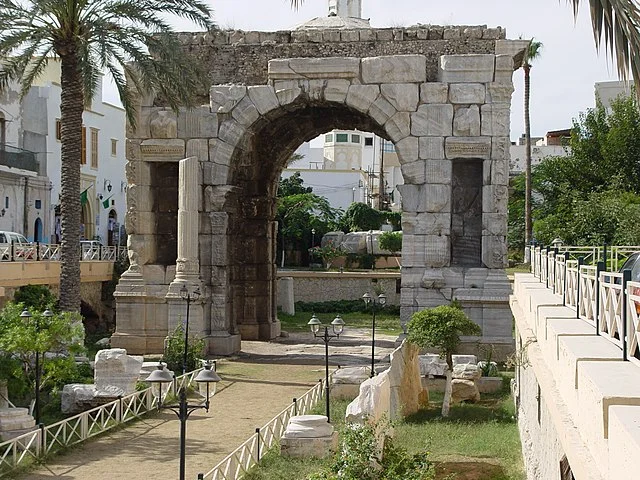The Arch of Marcus Aurelius, located in Tripoli, Libya, stands as a significant monument from the Roman period. This triumphal arch commemorates Emperor Marcus Aurelius and reflects the architectural and cultural achievements of the Roman Empire during his reign.
Get your dose of History via Email
Historical Context
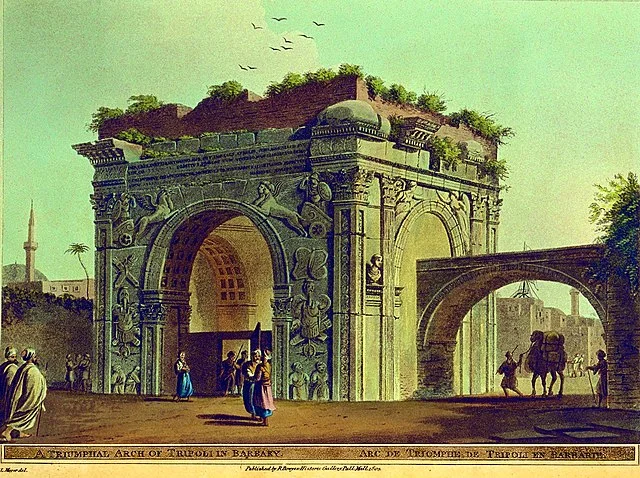
Emperor Marcus Aurelius ruled from 161 to 180 AD. He is well-known for his philosophical work, Meditations, and his military campaigns along the Danube River. The arch in Tripoli likely dates to the late 2nd century AD, a period marked by relative stability and prosperity within the Roman Empire.
Architectural Features
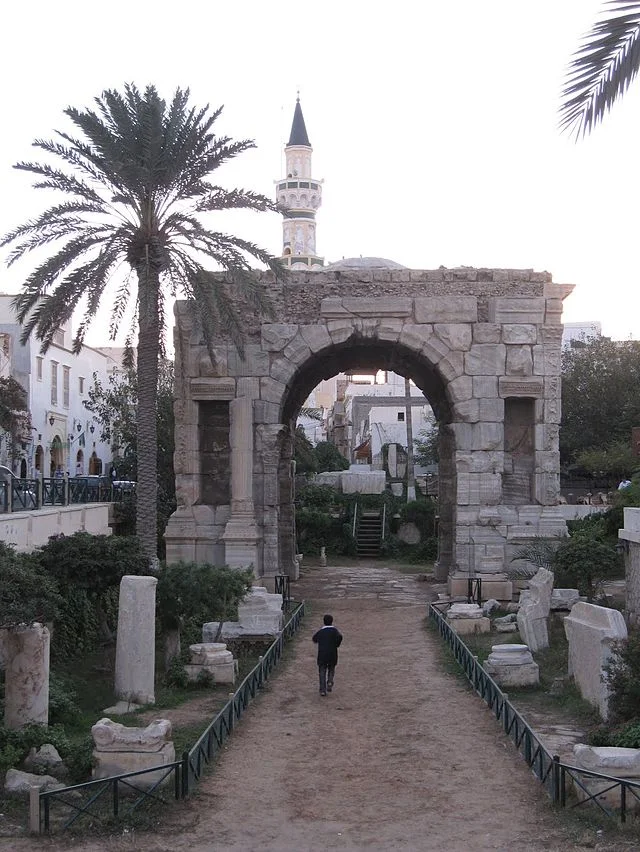
The Arch of Marcus Aurelius is a classic example of Roman triumphal arches. It consists of a central archway flanked by two smaller arches. This layout aligns with similar monuments built in other Roman cities, such as the Arch of Septimius Severus in Rome.
The structure is constructed from local limestone, typical of Roman architecture in North Africa. Its design includes engaged columns and detailed reliefs that celebrate military victories and imperial achievements. These decorative elements serve to emphasize the emperor’s power and the grandeur of his reign.
Inscription and Reliefs
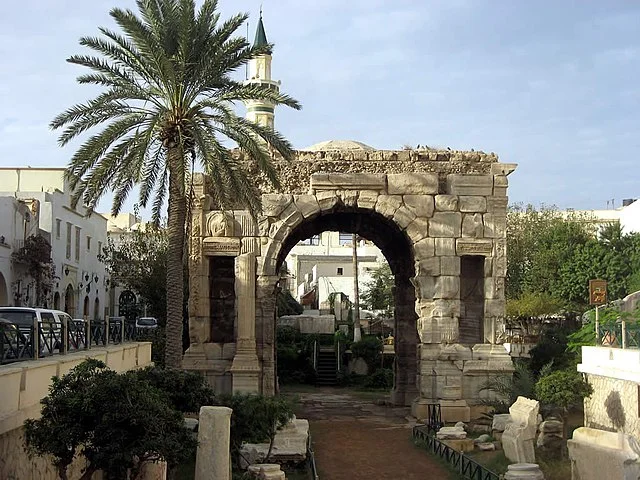
An inscription on the arch dedicates it to Marcus Aurelius, although it does not provide specific details about the reason for its construction. This lack of detail is common in triumphal arches, which often emphasize the grandeur of the ruler rather than specific events.
The reliefs on the arch depict various scenes, including military and ceremonial activities. These images celebrate the emperor’s role as a victorious leader and reinforce his divine status. The artistic style of the reliefs is consistent with other Roman triumphal arches from the same period, showcasing a blend of realism and idealism.
Historical Significance
The Arch of Marcus Aurelius represents the architectural and artistic achievements of the Roman Empire during the 2nd century AD. It highlights the importance of triumphal arches in Roman propaganda, serving both as commemorative monuments and as tools for reinforcing imperial authority.
Additionally, the arch offers insights into the integration of local North African materials and styles into Roman architecture. This reflects the broader process of cultural exchange within the Roman Empire, where local traditions and Roman influences often merged.
Current Condition and Preservation
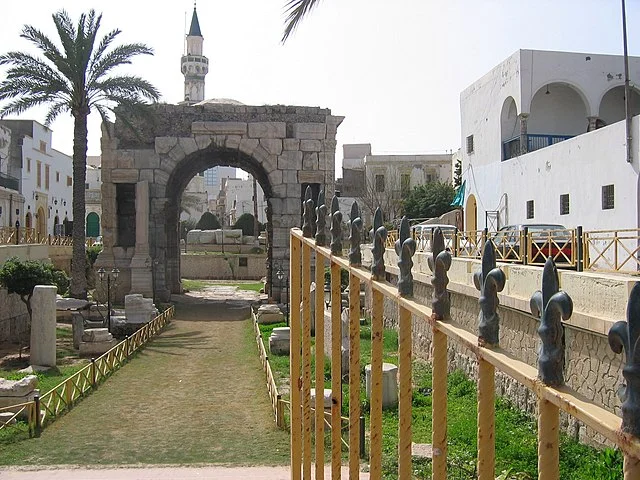
Today, the Arch of Marcus Aurelius remains an important archaeological site. It has suffered damage from natural erosion and human activity over the centuries. Despite these challenges, ongoing preservation efforts aim to protect and maintain the arch for future generations.
The arch’s condition reflects the broader challenges of preserving ancient structures in regions affected by both environmental and human factors.
Conclusion
The Arch of Marcus Aurelius in Tripoli stands as a testament to Roman architectural innovation and the empire’s ability to project its power and prestige across its vast territories. By studying this monument, scholars gain valuable insights into Roman art, architecture, and the historical context of Marcus Aurelius’s reign.
Source:

